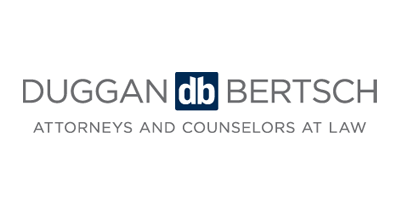Blanchard and Hersey have described a situational leadership model whereby leaders, based on the circumstances of someone being willing and able to do a job, use one of four leadership styles, hopefully evolving from telling (giving instructions), selling (explaining decisions), participating (sharing ideas) to delegating (turning over decisions)
Medical educators are very familiar with the model since the goal with trainees is to make them independent practitioners by giving them graduated levels of responsibility based on their knowledge, skills, abilities and competencies. The same holds true for bioscience graduate students.
Likewise, a particular engagement tactic is often situational. based on whether stakeholders are willing and able to participate and give discretionary effort. There are 5 stages of engagement:
INFORM/EDUCATE:We will keep you informed.
CONSULT: We will keep you informed, listen to and acknowledge concerns and provide feedback on how your input influenced the decision.
INVOLVE:We will work with you to ensure that your concerns and aspirations are directly reflected in the alternatives developed and provide feedback on how your input influenced the decision.
COLLABORATE:We will look to you for direct advice and innovation in formulating solutions and incorporate your advice and recommendations into the decisions to the maximum extent possible.
EMPOWER:We will implement what you decide
Engagers use tactics to try to move stakeholders from one stage to the next. But, deciding which communications and engagement strategies to use can be vexing, given the differences in target segment preferences about how they prefer to be engaged.
Take continuing medical education, for example. There are many options, but the delivery channels fall into two basic categories: traditional real-time face to face offerings or virtual offerings. In fact, despite the hype about online learning and digital natives, most docs still prefer local, regional, national or international meetings as their preferred method of education. Yes, the attendance at professional medical meetings is dropping, and, yes, mobile online use is increasing, but old habits die hard.
Whichever way you offer continuing medical education as the first step along the engagement pathway, you should deliver on the following:
- The content needs to be credible and without the perception of it being self serving or create the perception of a conflict of interest that could bias the presentation.
- The content needs to be timely and relevant to students
- The user needs to be able to control when and where they want to access the content. Some are bulk consumers (several day meetings), others want it a little bit at a time and fit their learning style. Here is an online learning self assessment questionnaire
- The content needs to be based on practical, clinical experience , not theoretical
- The content needs to be consistent with the user experience
- The content needs to be clinically valid based on acceptable standards of biostatistics and evidence
- The content should move the user to higher levels of understanding from recall to interpretation to problem solving
- The content should encourage active learning, not passive
- The delivery mechanisms should be repetitive (saying the same thing over and over again), redundant (saying the same thing in many different ways) and relational (linking how you say something one way with how you say it another way)
10.Social media and online education that recognizes the different needs, wants and learning styles of those who prefer it to face to face interactions, e.g. segmenting them by their Myers-Briggs personality type.
Education is the same as any other product to make it effective. You need to create the right value proposition for the right customer segments that gets the job done and exceeds user wants and needs. It is the first step along the engagement pathway, and, if done right, makes the next steps much easier.
Arlen Meyers, MD, MBA is the President and CEO of the Society of Physician Entrepreneurs



